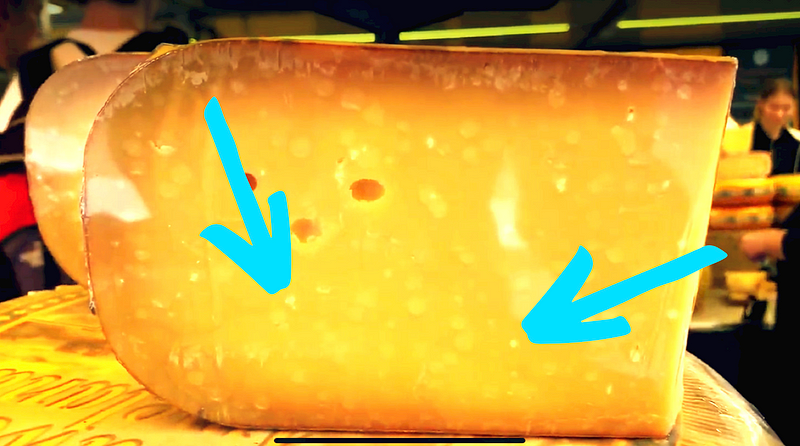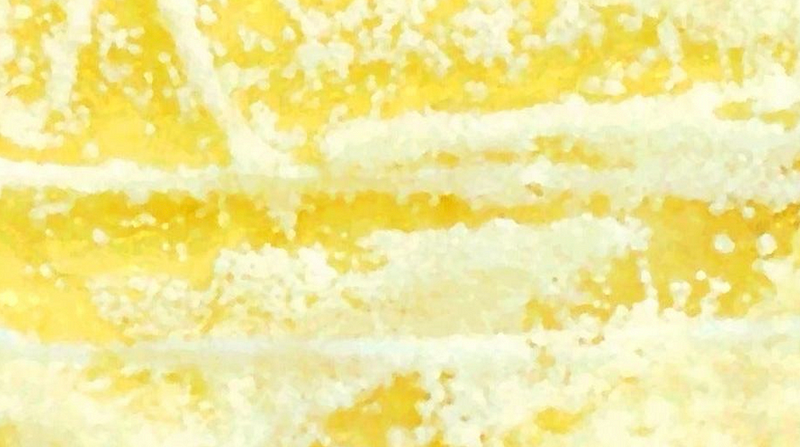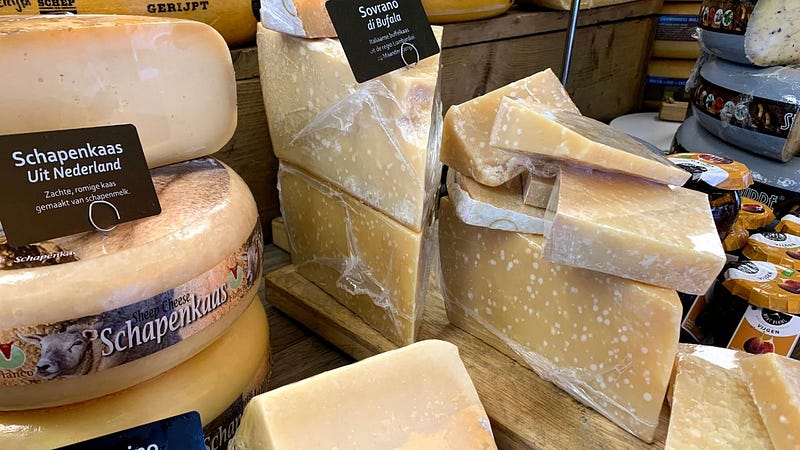The Crystalline Enigma: Understanding Cheese Crystals
Written on
Chapter 1: The Mystery of Cheese Crystals
The world of cheese is filled with surprises, and one of the most curious phenomena is the presence of crystals. These intriguing formations often raise questions about their nature.

During my college years, I shared a house with seven other women—an experience that was as chaotic as it was memorable. One day, after class, I found my friend Missy in a fit of frustration in the kitchen. Naturally, I inquired about the cause of her distress. To my surprise, she brandished a bag of cheese, claiming it had turned moldy within a day of purchase.
Skeptical of her assertion, I examined the cheese closely and quickly realized that it was not spoiled. The white specks she saw were actually cheese crystals, often referred to as flavor crystals, indicating that the cheese was well-aged. But what exactly are these crunchy morsels, and how can they be differentiated from mold?
Section 1.1: Calcium Lactate Crystals
The first type of crystals you'll encounter is calcium lactate, which often appear in clumps or patches on the cheese surface, leading to confusion with mold.

This phenomenon is what occurred with Missy. Calcium lactate crystals typically develop in areas where moisture collects or where the cheese's packaging isn’t snug. If you touch these specks, you’ll notice they are solid and grainy, resembling a fine powder rather than mold.
These crystals form during cheese production when lactic acid bacteria are introduced to milk, lowering its pH by converting lactose into lactic acid. As lactic acid accumulates over time, it interacts with positively charged calcium ions, resulting in the creation of calcium lactate. Eventually, as more of these molecules gather, they crystallize, producing the delightful crunch found in aged varieties like Parmigiano Reggiano or gouda.
Section 1.2: Tyrosine Crystals
In contrast, if you spot tiny, white or yellowish crystals the size of a pin, you're likely looking at tyrosine crystals.

Tyrosine is one of the twenty amino acids that compose proteins, and during the aging process, specific bacteria break down these proteins. The strain Lactobacillus helveticus is known for producing tyrosine crystals, which signify that the cheese is well-aged, as these crystals typically only form in older cheeses.
If you’ve ever mistakenly thrown away cheese thinking it was moldy, you’re not alone! Many people confuse calcium lactate crystals for spoilage, while tyrosine crystals are generally easier to identify.
Chapter 2: Enjoying the Crunch
I personally relish the unique texture that these crystals bring to cheese. Each bite offers a delightful surprise, adding to the overall experience.
The first video, "CHEESE ESCAPE WITH BOBBY, JJ, & The Crystalline Gamerz | Roblox Funny Moments | Full Voice Reveal," showcases some humorous moments related to cheese.
The second video, "CHEESE ESCAPE CHAPTER 2 W/ BOBBY, JJ, BOSS BABY AND PABLO ALL PARTS," continues the fun with a focus on cheese-related adventures.